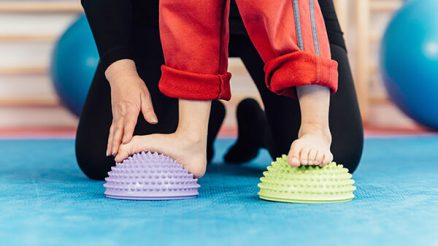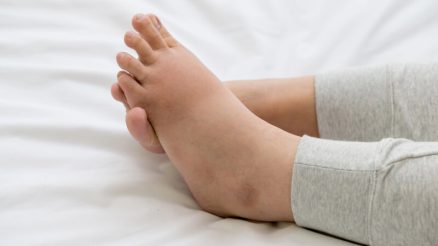High heels are stylish, empowering, and often a wardrobe staple—but they can also be the culprits behind nagging heel pain. Whether you’re wearing pumps for work or stilettos for a night out, extended time in heels puts your feet in an unnatural position. Over time, this can lead to conditions like plantar fasciitis, Achilles tendonitis, and heel bursitis.
But don’t worry—heel pain doesn’t have to be the price you pay for fashion. Here’s a comprehensive guide on how to prevent heel pain from high heels without giving them up entirely.
Why High Heels Cause Heel Pain
Before diving into prevention tips, it’s important to understand why high heels cause heel pain:
-
Pressure Shift: Heels shift your body weight forward onto the balls of your feet, placing excessive stress on the heel and forefoot.
-
Shortened Achilles Tendon: Constant elevation of the heel can cause the Achilles tendon to tighten and shorten.
-
Lack of Support: Most high heels lack adequate cushioning and arch support, which can strain the plantar fascia and heel pad.
-
Restricted Foot Movement: Heels limit natural foot motion, causing muscles and ligaments to overcompensate and fatigue.
1. Choose the Right Pair of Heels
Not all high heels are created equal. Here’s how to pick smarter:
✔ Opt for a Lower Heel
Stick to a heel height of 2 inches or less when possible. Kitten heels or wedges distribute pressure more evenly than stilettos.
✔ Go for a Wider Base
Block heels or wedges provide more surface area and stability, reducing pressure on any one part of your foot.
✔ Look for Cushioned Insoles
Heels with built-in padding can help absorb shock and protect your heel from impact stress.
✔ Choose Soft, Flexible Materials
Leather or suede heels mold better to your foot than stiff synthetic materials, reducing friction and pressure.
2. Use Supportive Inserts
Adding cushioning and arch support can make a huge difference in comfort and heel health.
-
Gel heel cups: Reduce impact on the heel with every step.
-
Orthotic inserts: Support your arches and align the foot more naturally.
-
Metatarsal pads: Relieve pressure from the forefoot and help balance foot mechanics.
Pro tip: Choose inserts designed specifically for high heels—regular ones might not fit properly or shift during wear.
3. Stretch Before and After Wearing Heels
Wearing heels can shorten the calf muscles and tighten the Achilles tendon over time. Stretching helps maintain flexibility and reduce strain on your heel.
Key stretches:
-
Calf stretch against a wall (hold for 30 seconds each side)
-
Plantar fascia stretch (roll your foot over a frozen water bottle or massage ball)
-
Toe stretch (gently pull your toes back toward your shin)
Make this a daily habit, especially if you wear heels regularly.
4. Limit Your Time in Heels
Even the most comfortable pair of heels can cause discomfort if worn too long.
-
Switch shoes during the day if you can—carry flats or sneakers for commuting.
-
Sit whenever possible to relieve pressure from your feet.
-
Try a heel rotation schedule: alternate heel days with flat or low-heel days.
5. Strengthen Your Feet and Ankles
Stronger feet and ankles are more resilient and better able to handle the stress of wearing heels.
Easy exercises to do at home:
-
Toe curls with a towel
-
Heel raises (stand on your toes and slowly lower down)
-
Resistance band stretches for ankles and arches
-
Balance training on one foot or with a wobble board
Just 10 minutes a day can boost foot endurance and help prevent pain.
6. Practice Good Posture
Heels change your natural posture and gait. Counteract that with conscious adjustments:
-
Engage your core
-
Keep your shoulders back
-
Walk heel to toe, not toe to heel
-
Take smaller steps to maintain balance
Good posture not only helps your feet but also protects your knees, hips, and spine.
7. Give Your Feet TLC
After wearing heels, show your feet some love.
-
Soak them in warm water with Epsom salts to relieve soreness.
-
Massage your feet with lotion or a foot roller.
-
Use ice packs if you’re experiencing heel inflammation.
-
Apply anti-inflammatory creams if needed.
When to See a Specialist
If you experience persistent heel pain that doesn’t improve with rest or self-care, it might be time to consult a podiatrist. Conditions like plantar fasciitis, heel spurs, or bursitis can worsen over time if untreated. Early intervention can help you stay in your heels without harm.
Final Thoughts
High heels and healthy feet don’t have to be mutually exclusive. With the right shoes, smart habits, and regular foot care, you can enjoy your heels without suffering for style. Prevention is key—and your heels will thank you!








